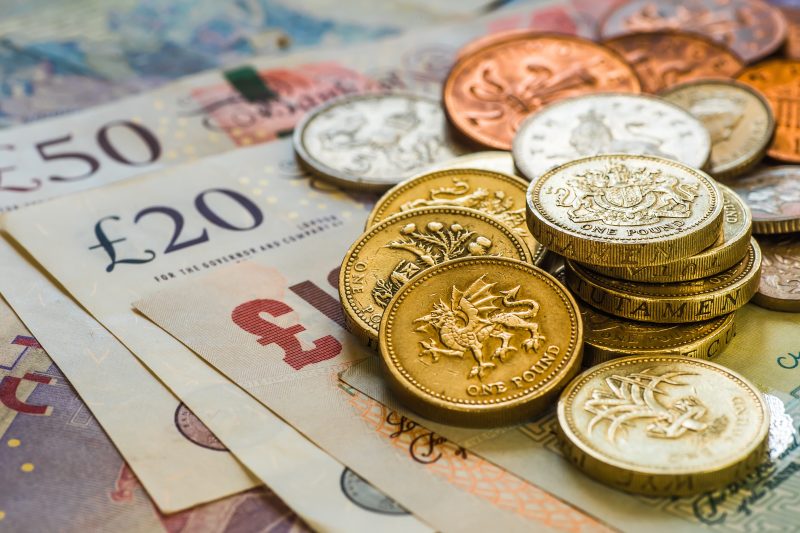Any Of You Playing the New Final Fantasy XIII Lightning Returns?
Almost four years ago, I beat Final Fantasy XIII and blogged about it that evening. I never got around to playing the next game in the series, so over the past two weeks, I managed (mostly by fitting it in late at night) to put somewhere around 50 hours into Final Fantasy XIII-2. Now, I’m working on the final game in the trilogy.







